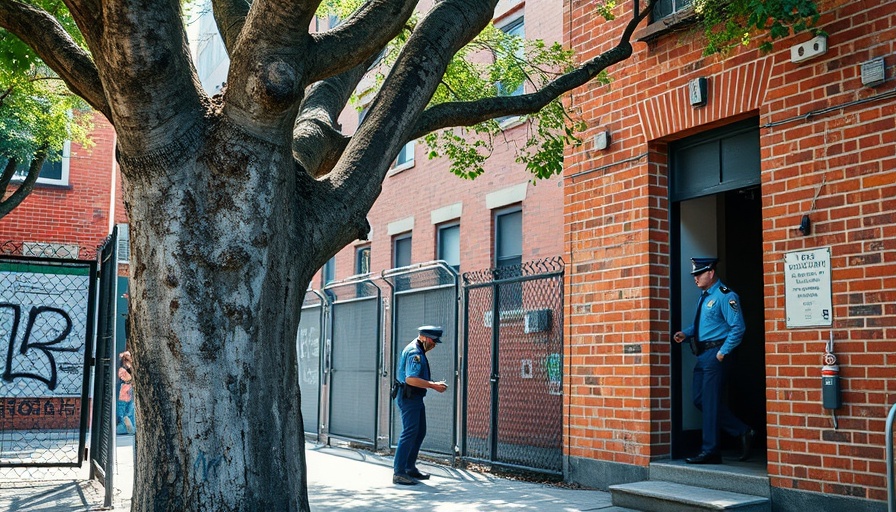
New Bike Lanes: A Step Forward for Cyclists?
In a significant move aimed at enhancing rider safety, new bike lanes have been introduced across several avenues in Manhattan. The NYC Department of Transportation (DOT) has implemented wider and more protected bicycle lanes, including a connection from Greenwich Village to Tribeca along Sixth Avenue and a stretch on Seventh Avenue in Midtown. These updates are designed to meet the increasing demands of a growing cycling community, which has surged particularly in the wake of the pandemic.
Pedestrian Safety and Increasing Cyclist Numbers
As more individuals opt for cycling as a mode of transportation, the safety of both cyclists and pedestrians is brought into question. In 2023, 30 cyclists lost their lives due to accidents in New York City, a stark reminder of the dangers that lurk on urban roads. Council Member Erik Bottcher highlighted the project’s dual focus: to improve cyclist safety while ensuring a better experience for pedestrians and drivers alike. The question remains whether the wider lanes will indeed lead to safer commuting or potentially escalate risks due to faster riding speeds.
Addressing Rule Violations: A Growing Concern
Despite the positive intentions behind the new lanes, many cyclists are reportedly ignoring traffic laws, which raises concerns about potential collisions. Current statistics show that many bike accidents are tied to reckless behavior, including failure to yield to other vehicles and disregard for stop signs and signals. The NYC bike laws grant cyclists the same rights as drivers, yet enforcement remains key. As riding becomes more popular, street safety education is crucial to prevent accidents.
How Infrastructure Plays a Role in Safety
New York City has made strides in improving bicycle infrastructure over recent years, yet challenges remain. In the late 2010s, over 1,240 miles of bike lanes were installed, with a focus on creating protected lanes. However, results on safety improvements have been mixed, pointing to the need for consistent enforcement of traffic laws. Historical data indicates that many cyclist fatalities occur on streets lacking appropriate bicycle facilities, highlighting the necessity for a connected network of safe biking routes.
Engagement and Community Involvement
What is really needed is increased community engagement. Education campaigns to inform cyclists about the rules of the road can complement infrastructure improvements, helping to lower accident rates. Moreover, residents anxious about the risks posed by cyclists can find reassurance through increased visibility of bike law enforcement and clearer communication about bike lane usage. The effectiveness of the new bike lanes will be evaluated over time as more riders test the newly designed routes.
In summary, New York's evolving bike lanes represent a progressive shift toward accommodating urban cyclists, yet they also pose inherent challenges that must be addressed. As we adapt to these changes, fostering safe and responsible riding behaviors will be essential for ensuring the safety of all road users.
 Add Row
Add Row  Add
Add 




Write A Comment